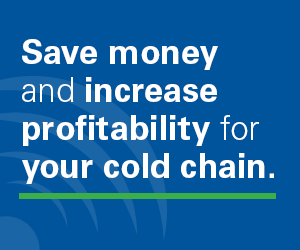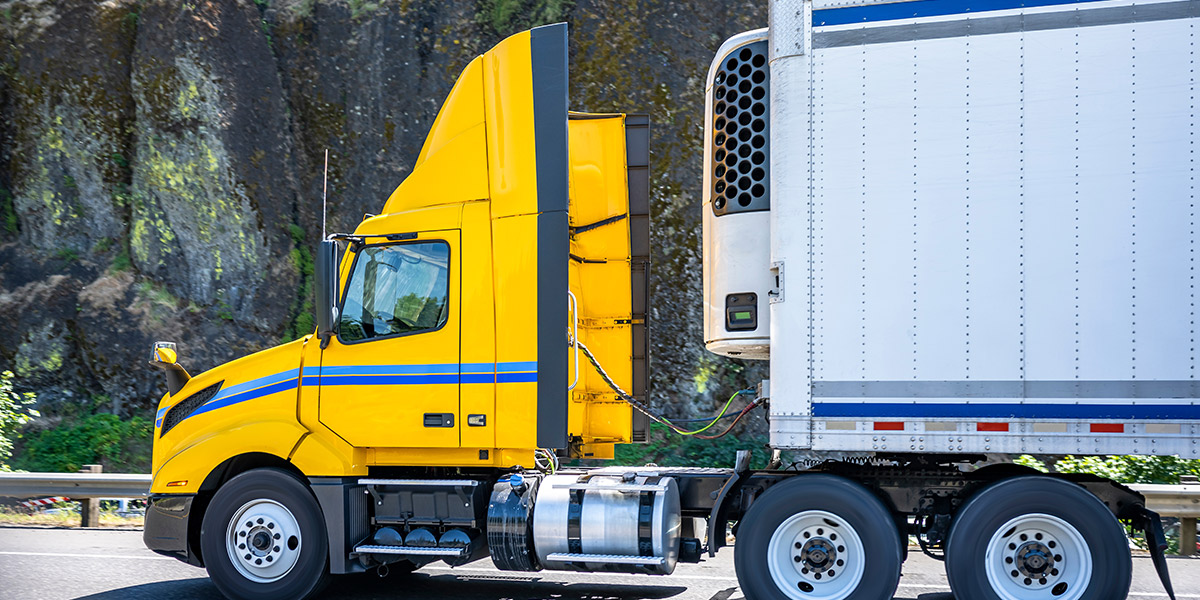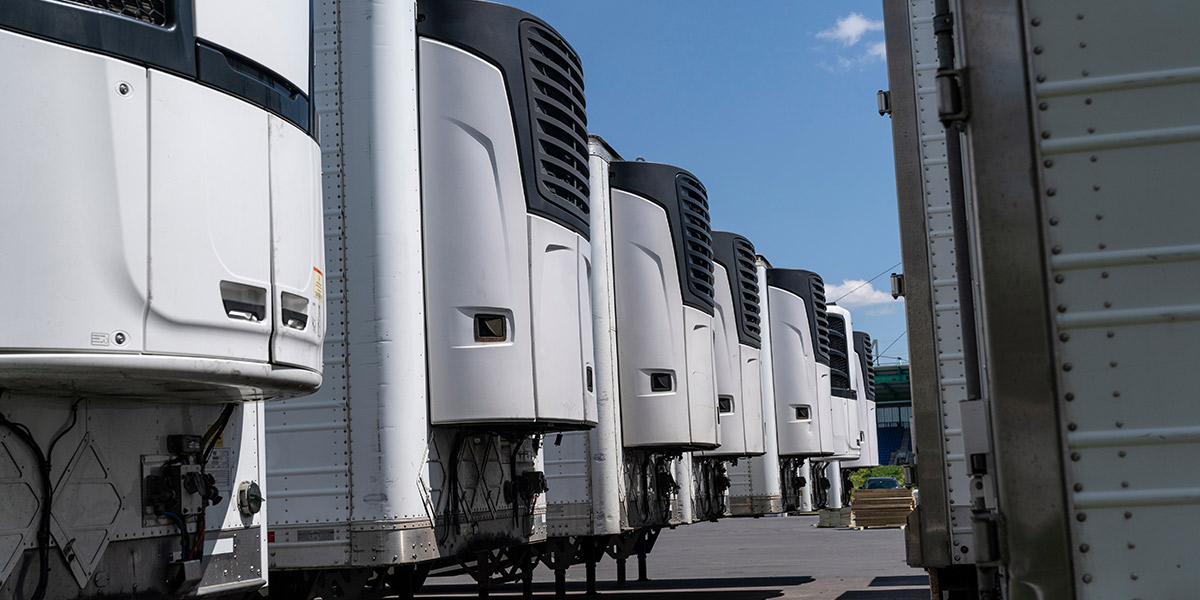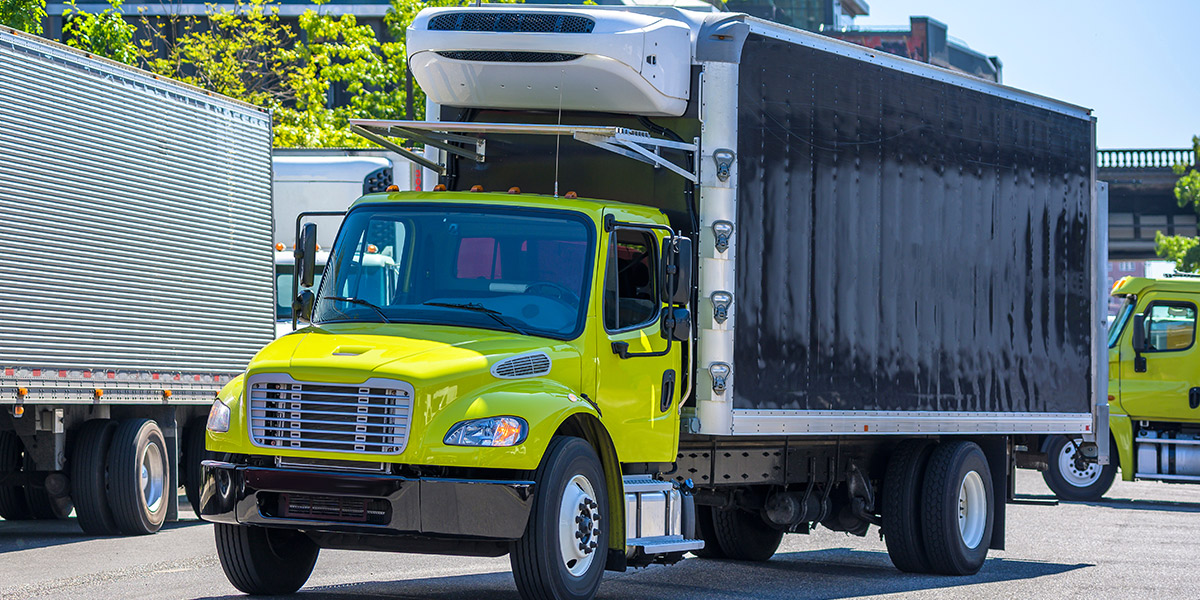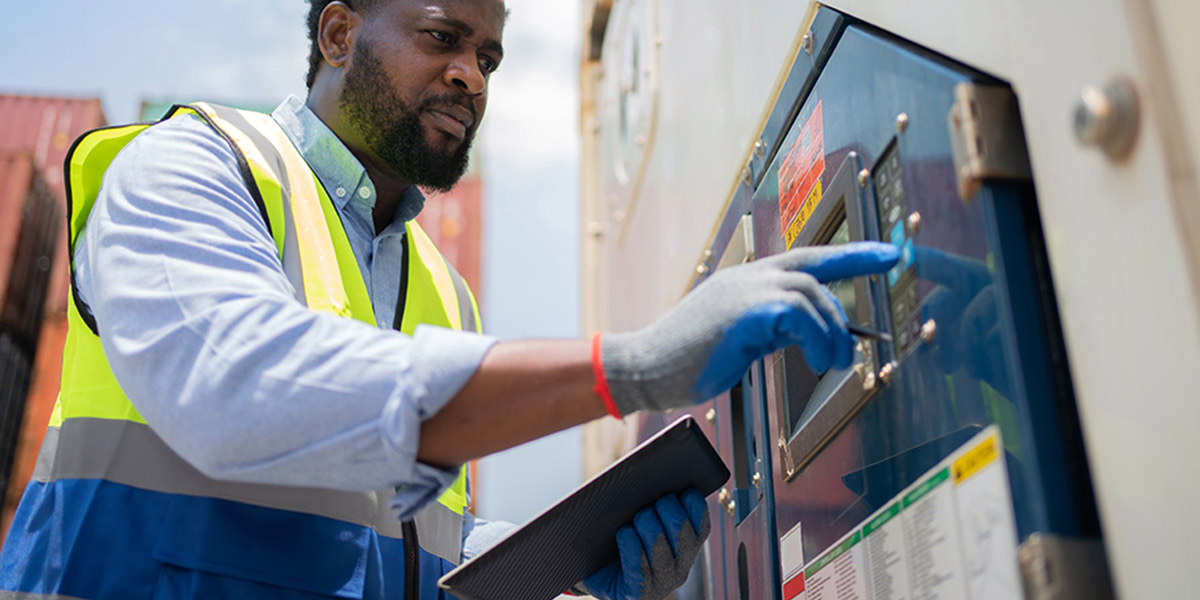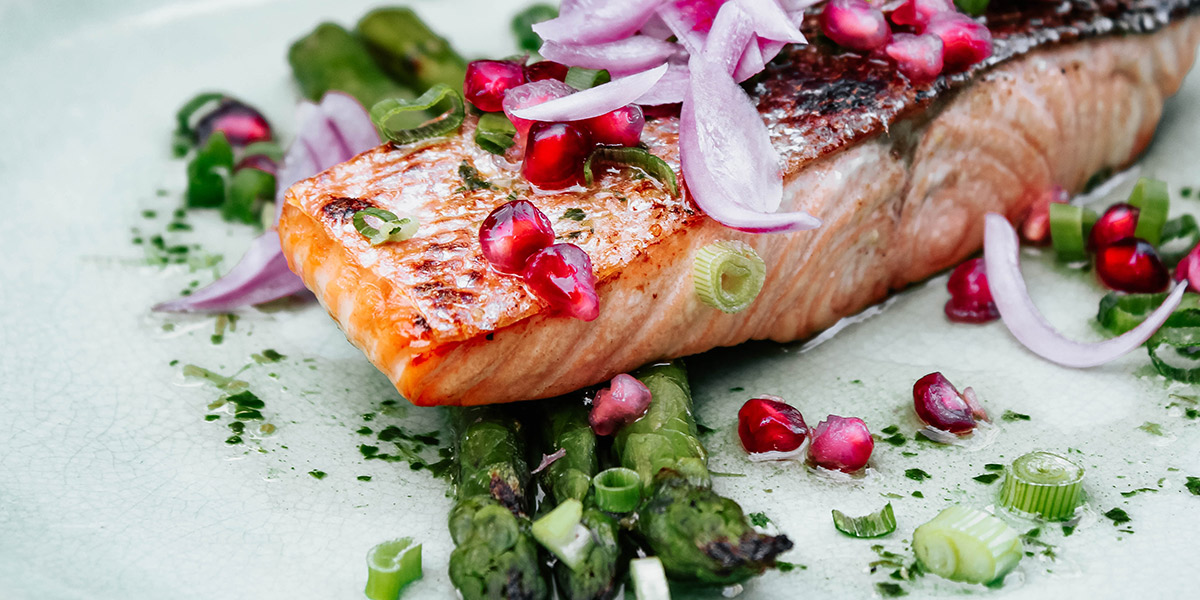Whether you’re looking to add stores or meet growing demand at your existing locations, it’s time to evaluate your cold chain – and your commitment to food safety
After retrenching and adapting to changing consumer behavior during the COVID-19 pandemic, the grocery store industry is focused on growing again.
Whether through acquisition, opening new locations, or increasing revenues at current stores, grocers are chasing growth more than they have for years.
Of course, growth requires a balancing act. Grow too fast and outpace your resources to accommodate the increased business activity, and you can do your business more harm than good.
Maintaining food safety and FSMA compliance are among the concerns for grocers as they look to increase volume and expand their capacity and infrastructure. And many find that what worked effectively when operating on a smaller scale won’t cut it when operations expand.
If your grocery store chain has its sights on growth, you’ll want to be sure you are up to the challenge of transporting, handling, and selling to consumers a greater volume of safe, sellable food.
To be ready to do just that, consider the following questions:
Do you have reliable equipment?
Increased volume and usage can strain older equipment and lead to costly breakdowns and lost service time. If you plan to rely on your existing fleet of reefers and other cold chain equipment to help drive growth, you need to keep tabs on that equipment to identify needed repairs and maintain preventative maintenance schedules.
Do you have the right cold chain to facilitate growth?
You’ll also need to examine your entire cold chain to confirm it’s up to the challenges brought on by growth. While the capacity to handle more volume is important, you’ll also need to understand all the environments through which perishable food passes.
Are there safety and compliance gaps in your cold chain? If you will be transporting food across longer distances, have you planned the logistics to keep food safe at all times? Also, are there times when reefers stand unattended in depots or yards when you just aren’t sure food is staying at safe temperatures?
The answers to these questions will either confirm you are ready to grow or surface big issues you first need to think through and address.
Do you have the right technology infrastructure?
Having the right temperature tracking technology across your entire cold chain is a growth necessity. But this fact need not be overwhelming. Temperature sensors can be easily installed in your reefers, cold rooms, and other environments to provide visibility into food and ambient temperatures. And when you grow, you can simply scale up this infrastructure by installing additional sensors.
Connect these sensors to a powerful telematics platform, and you can view the status and performance of all your equipment and easily spot lapses or potential trouble spots in your cold chain.
Are you committed to food safety?
Many grocers, whether they are in growth mode or not, claim to make food safety their top priority. But not all can back up the claim.
The reality is that a true commitment to food safety can have a lot of facets and moving parts. These include everything from sourcing food from growers that are also committed to safety, to having the right logistics and cold chain in place, to investing in the right temperature monitoring infrastructure, to educating and training employees about their roles relative to food safety.
What’s more, a company that has never been culpable for a foodborne illness outbreak or cited for not complying with the FSMA isn’t necessarily doing the right things.
They simply may just have been lucky to this point – which is not a sustainable food safety strategy.
Time to grow!
Successfully expanding your operations isn’t easy, of course. But by asking and answering key questions related to temperature monitoring, as you grow you can minimize the worry and uncertainty associated with keeping food safe and your company compliant.
To explore how your company can realize cost savings and maximize returns on its temperature monitoring investment, check out this useful ROI calculator.

